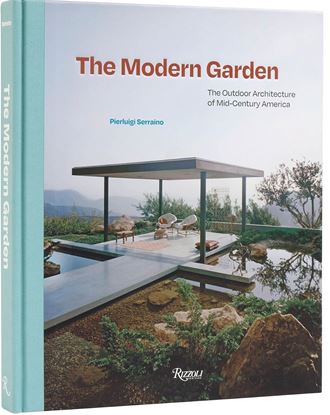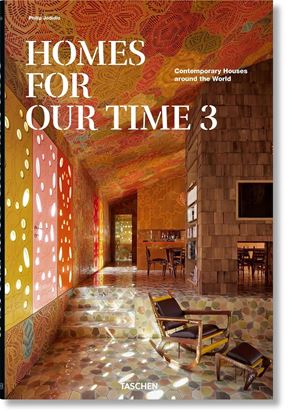

NOVEDADES
THE MODERN GARDEN
The treasures of mid-century American architecture have long been celebrated. Less appreciated has been the landscape design that provides the framing for these masterworks. But more than frame, landscape architecture is an art worthy of the spotlight, particularly at mid-century, when the notion that “gardens are outdoor spaces for people to live in” was championed and brought to the fore; now gardens and landscapes are not just external attributes to the house but a continuation of it and its living spaces in a relationship of symbiosis, with its pools and terraces, its winding lawns, and its partly enclosed room-like spaces flanked by brick or stone or plantings in a range of colors and forms.
4,900
THE BATTLE OF VERSAILLE
The first illustrated book to chronicle the dramatic 1973 face-off between French and American fashion designers, which left an indelible mark on the fashion industry, launched American designers as a global force, and challenged the cultural norms of the time.
Images from the archives of renowned fashion photojournalists Bill Cunningham and Jean-luce Huré—largely unseen until now—capture the behind-the-scenes drama, fabulous clothing, iconic models, and glamorous guests at this historic show.
4,995
HOMES FOR OUR TIME VOL. 3 (XX) (INT)
Peeking behind the scenes of innovative homes, Philip Jodidio illustrates the evolution of today’s global architecture―from Samira Rathod’s House of Concrete Experiments in India to Tetro’s Açucena House in Brazil, which adapts to its natural terrain.
The houses featured in this book may be the first full generation to take advantage of the ubiquity of computing power―from design to fabrication―yet this high-tech approach has in no way diminished their variety and originality. In Italy, Mario Cucinella built TECLA – Technology and Clay, a 3D-printed house created entirely with raw earth. The unique house, printed in 200 hours with 60 cubic meters of natural materials, unveils potential low-cost, environmentally responsible approaches to architecture. In Hyderabad, India, Kanan Modi designed her House of Gardens not only to diffuse and reduce heat within the structure but also to invite the beauty of nature indoors―both essential in the face of rising temperatures and increasing urbanization.
4,995











